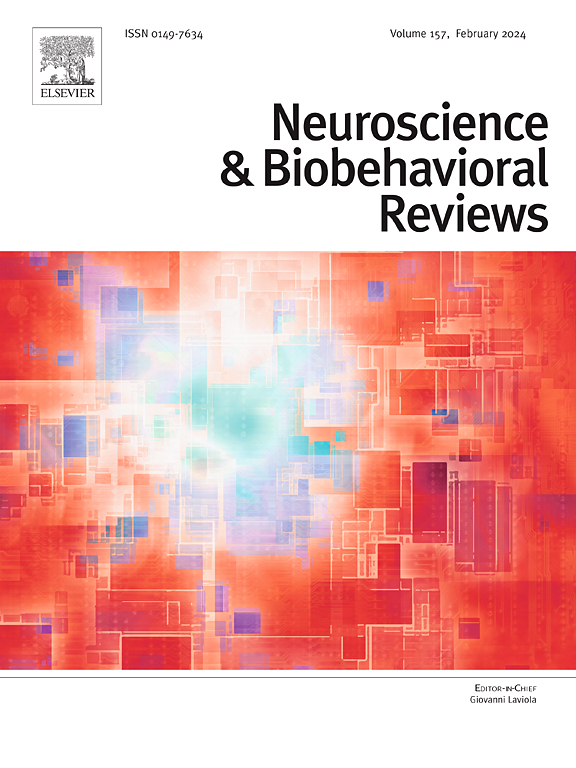The double-edged sword of stress: A systematic meta-analysis on how stress impacts creativity
IF 7.5
1区 医学
Q1 BEHAVIORAL SCIENCES
引用次数: 0
Abstract
The present study provides up-to-date meta-analytical estimates of the impact of experimentally induced stress on individuals’ creative performance. Using a three-level meta-analytic model, we observed an overall negative effect of stress on creativity (d = −0.20). Our analysis reveals that this relationship is nuanced, and influenced by a variety of factors. Social-evaluative threats (SETs) did not significantly affect creativity overall (d = −0.08). Specifically, tests significantly reduced creativity, while competition showed a non-significant positive trend and (expected) performance evaluation showed a non-significant negative trend. Furthermore, results showed that mild SETs (one element) slightly but not significantly increased creativity, whereas severe SETs (three elements) significantly decreased it, indicating a curvilinear relationship. Non-social stressors, including time pressure and physical stress, significantly hindered creative performance (d = −0.45), with challenging tasks also showing a negative but non-significant effect. Additionally, the impact of stress on creativity varied by age group. Children’s creativity was notably reduced by competition, physical stress, and challenging tasks, whereas adults and adolescents’ creativity appeared to benefit from competition. Adults’ creative performance was most negatively impacted by time pressure and remained relatively stable across other stressors. These findings underscore the complex and multifaceted nature of the effects of stress on creativity. The theoretical and practical implications are discussed.
压力的双刃剑:压力如何影响创造力的系统元分析
本研究提供了最新的实验诱导压力对个体创造性表现影响的元分析估计。使用三层次元分析模型,我们观察到压力对创造力的总体负面影响(d = - 0.20)。我们的分析表明,这种关系是微妙的,并受到多种因素的影响。社会评价性威胁(set)总体上对创造力没有显著影响(d = - 0.08)。具体来说,测试显著降低了创造力,而竞争显示出非显著的积极趋势,(预期)绩效评估显示出非显著的消极趋势。此外,结果表明,轻度set(一个元素)轻微但不显著地提高了创造力,而重度set(三个元素)显著降低了创造力,两者呈曲线关系。非社会压力因素,包括时间压力和身体压力,显著阻碍创造性表现(d = - 0.45),具有挑战性的任务也显示出负面但不显著的影响。此外,压力对创造力的影响因年龄组而异。竞争、身体压力和具有挑战性的任务明显降低了儿童的创造力,而成年人和青少年的创造力似乎从竞争中受益。成年人的创造性表现受时间压力的负面影响最大,在其他压力源下保持相对稳定。这些发现强调了压力对创造力影响的复杂性和多面性。讨论了理论和实践意义。
本文章由计算机程序翻译,如有差异,请以英文原文为准。
求助全文
约1分钟内获得全文
求助全文
来源期刊
CiteScore
14.20
自引率
3.70%
发文量
466
审稿时长
6 months
期刊介绍:
The official journal of the International Behavioral Neuroscience Society publishes original and significant review articles that explore the intersection between neuroscience and the study of psychological processes and behavior. The journal also welcomes articles that primarily focus on psychological processes and behavior, as long as they have relevance to one or more areas of neuroscience.

 求助内容:
求助内容: 应助结果提醒方式:
应助结果提醒方式:


